Media | Articles
What’s the most Brutalist cars, you ask?
Contrary to public belief, the architectural form known as Brutalism—popular during the mid-20th century and arising from a need to disregard tradition and ornamentation and to embrace the materials themselves—does not refer to their cold and austere form, rough-hewn concrete, or imposing scales. All of which reflect a brutal nature. Kind of like the once-despised ‘80s cars that are now becoming increasingly appreciated.
The name “Brutalism” refers to the French phrase for raw concrete, “béton brut.” And it’s here in which you can find the underlying philosophy of the movement: What practitioners of the form (including architects as famous as Marcel Breuer, Le Corbusier, and Paul Rudolph) sought to embrace was an honesty in materials, uncompromising design, and to let raw concrete and brickwork shine, its textures and nuances on display.
Ultimately, Brutalism couldn’t last—least of all, it couldn’t escape its own name—and neglect doomed its buildings in the public’s eye to hideousness. The 1970s view of the future all seemed as outdated as its matte paintings. British councils made a sport of demolishing its Brutalist structures. Boston City Hall held a perennial spot on lists of the world’s ugliest buildings. And so on, and so forth.
What goes around, comes around. In the age of Instagram aesthetic, Brutalism has taken on a second life across social media. Buildings that were once hated, deemed ugly blights in a postwar world, have garnered new appreciation among millennials who were never there in the first place. It is, as one New Republic article calls it, a refreshing antidote to minimalism, also in vogue among Instagrammers. Witness the rediscovery and resurgence of Yugoslavia’s war monuments and socialist housing, a concrete utopia recently featured at the MoMA. Plus, sometimes it’s really friggin’ weird.
To echo a similar captivated enthusiasm, your humble author found himself asking the following question: What’s the most Brutalist car?
Marketplace
Buy and sell classics with confidence
DeLorean DMC-12
20181015184730)
I posit that it’s the DeLorean. The DeLorean is cool, but unlike Brutalism, it has always remained cool. It employs the most honest showcase of its materials; what other car has used a honkin’ big slab of stainless steel on display as effectively as John Z’s dreamboat? It is angular, patterned with louvers, and so “of its time.” Like New Haven’s Pirelli Building, it was designed by a great Italian. And like any Brutalist civic project, the DeLorean failed to live up to its original expectations—Montreal’s Habitat 67 was supposed to be attainable public housing, and the DeLorean was supposed to be powered by a rotary engine and cost just $12,000. (Fun fact: That’s the reason for the 12 in “DMC-12.”) What dreams may come, and all that.
But what is a hoary architectural treatise without ferocious debate? Here are some fine runners-up:
Citroën Karin concept
20181015184748)
Embracing the capital-W Weird component of the Brutalist aesthetic, the Karin was almost literally a pyramid on wheels, a child’s drawing brought to life at the 1980 Paris Motor Show. And therefore, as a pyramid, it is a ’70s-era wedge of an altogether different sort. The pyramid shape allowed a driver to sit in the center, and the rumor was that his wife would sit on one side and his mistress the other, which is the most quintessentially French concept ever. Function leading form—another Brutalist hallmark.
Italdesign Columbus
20181015184652)
A hump roof like a Boeing 747 and a mid-mounted V-12 from BMW define this 1992 concept, which Italdesign created to celebrate the 500th anniversary of Columbus’s journey to the New World, which in retrospect isn’t something everybody is comfortable with celebrating. Much like the Barbican Complex in London, which features a reflecting pool and a famed auditorium, the Columbus was supposed to have everything: the capabilities of a mid-engined sports car, the practicality of a minivan, three rows of captain’s chairs, a center-seated driver, four-wheel drive, four-wheel steering, and 300 horsepower—a self-contained machine for living.
Bricklin SV-1
20181015184550)
A dorkier DeLorean, the Safety Vehicle 1 was a ’70s exemplar: it tried, and it failed, but we love it just the same. But it looked fast, and compared favorably to a Corvette. Its failings came from mismanagement at the upper level, including squandering of government money, resulting in poor quality control—much like the neglect of a Brutalist structure’s raw concrete, worn down and rendered decrepit by rust stains, dripping water pipes, and cracks. Plus, who buys a sports car because it’s safe?
Citroën H-Van
20181015184639)
Honesty of materials, in an honest vehicle. What a concept! The H-Van’s corrugated sides were a masterpiece of ingenuity in France’s postwar scarcity, and its slab-sidedness, piggish nose, and complete lack of ornamentation fit the spirit of the form. Much like one of Bogdan Bogdanović’s memorials, it is spectacularly weird and charming all the same. That’s why it’s the default vehicle for twee European food truck concepts.
Mercedes-Benz T80
20181015184534)
In 1939, Mercedes-Benz and its star driver Hans Stuck clamored for the absolute land speed record, attempting to snatch it away from the British and Malcolm Campbell. So, Ferdinand Porsche designed a six-ton, six-wheeled monster powered by a 44.5-liter Daimler-Benz V-12 airplane motor. It was 27 feet long. It had a drag coefficient of 0.18. Porsche aimed for a target top speed of 470 mph. The result had wings, giant humps, and bare silver, in true Benz tradition. And here it lives up to the commonplace perception of Brutalism: it is utterly creepy to behold, a stomach-churning death machine seemingly hewn from concrete itself. And that’s before you forget its original intention, sanctioned by Hitler himself, of bringing land-speed glory to the Nazis.



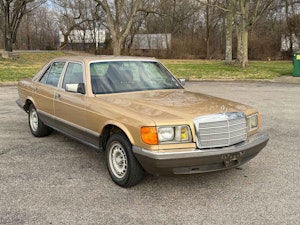
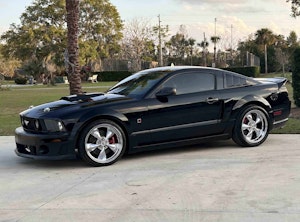

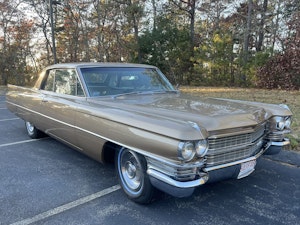
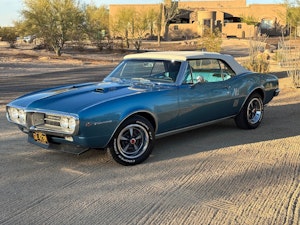
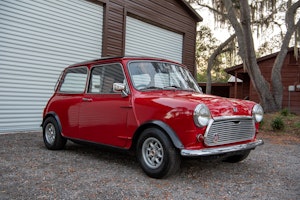


Arguably, the Camargue introduced some brutalism into the normally neo-classical style of Rolls-Royce. Hated by many at the time of its launch in 1975, it now looks modern and beautiful, and certainly foreshadows their current more blocky designs (which follow its simplicity while somehow losing its beauty).